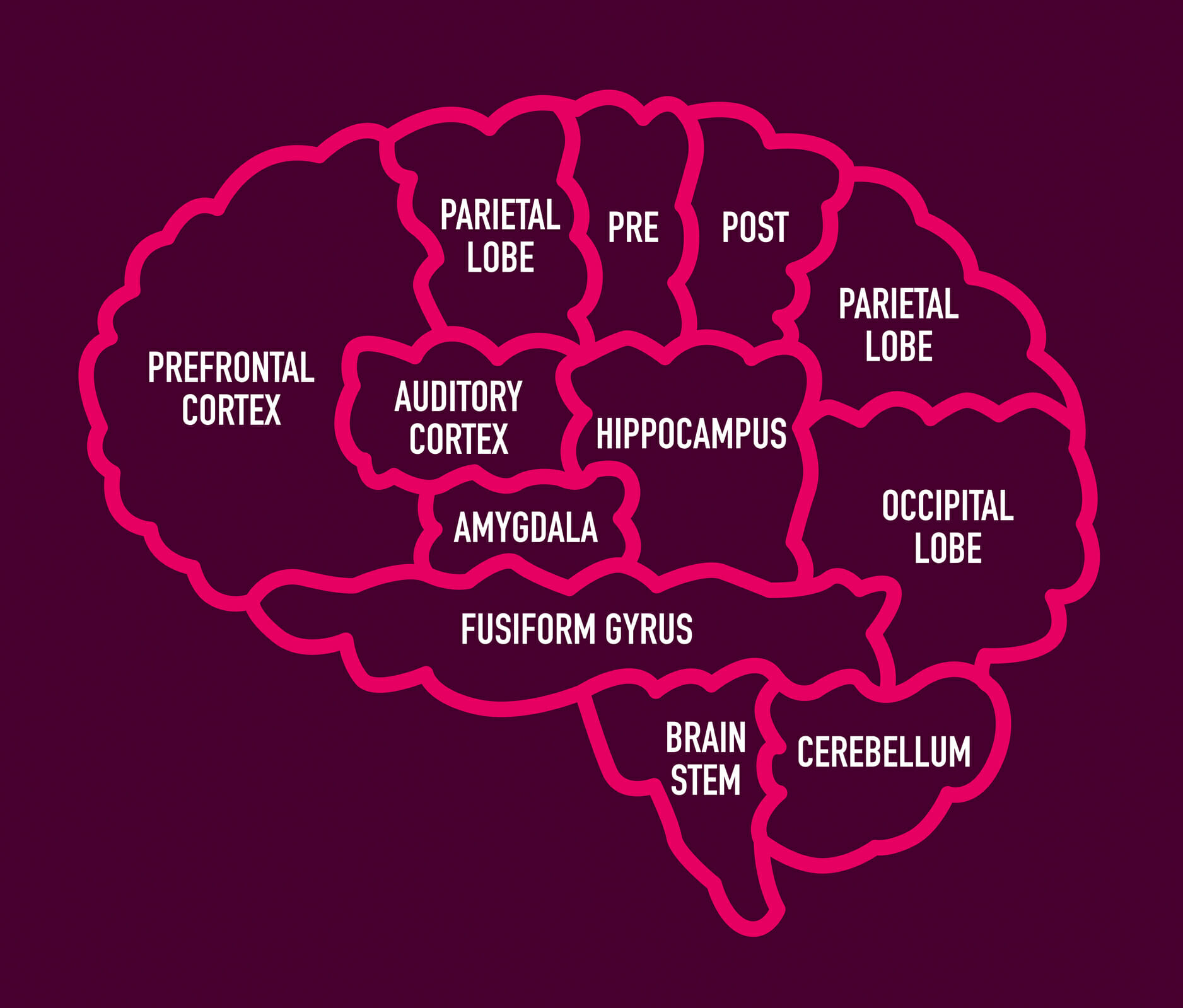The right to die is a concept based on the opinion that human beings are entitled to end their life or undergo voluntary euthanasia. Possession of this right is often understood that a person with a terminal illness, incurable pain, or without the will to continue living, should be allowed to end their own life, use assisted suicide, or to decline life-prolonging treatment. The question of who, if anyone, may be empowered to make this decision is often subject of debate.
Year: 2021
Is A Brain Dead Person Really Dead?
Brain death is the complete loss of brain function, including involuntary activity necessary to sustain life. It differs from persistent vegetative state, in which the person is alive and some autonomic functions remain. It is also distinct from an ordinary coma, whether induced medically or caused by injury and/or illness, even if it is very deep, as long as some brain and bodily activity and function remain; and it is also not the same as the condition locked-in syndrome. A differential diagnosis can medically distinguish these differing conditions.
Celebrating 50
Birthdays of people are celebrated in numerous cultures, often with birthday gifts, birthday cards, a birthday party, or a rite of passage.
Food and Health Supplements – The GOOD, the BAD, and the UGLY
The ‘Wellness‘ trend picked up it’s pace with the software boom in this millennium. Studies in the 1990s indicated that the ‘Lifestyle’ diseases like Obesity, Diabetes, Hypertension and atherosclerotic heart diseases (possibly strokes) had taken root. And India would, indeed become the Diabetes capital of the world. In addition, a few scientists were surprised at the younger age of South Asians who died of sudden cardiac arrest, as compared to the rest of the world. ‘Metabolic Syndrome’ was coined for them. The young people who had died were found to have higher body-fat content even though they were apparently not obese. All above factors made the younger working class realise the importance of ‘Preventive health’. Their enthusiasm for exercising was fulfilled by the mushrooming of gyms. The wellness industry from world over converged to India to satiate this hunger. Some even wanted to remain healthy without exercising
Join a Gym or Workout from home
Has the current COVID19 wave gone away OR is the next COVID19 wave coming again? No one knows for sure. But two things about COVID19 are well known. First, those countries where over 50% population has been vaccinated are reporting very few deaths. Almost all who are dying have not taken a vaccine. Second, Inactivity is the number one comorbidity leading to severe disease and death. Physical Activity (PA) has been discussed at length in my last two blogs.
Physical Activities and their Advantages
Physical Exercise (PE) may appear dull and boring to a busy person. Gyms are the preferred destination for the Mod generation. ‘Exercise’ means wearing a gear, warming up and going out to a ground for a boring routine of stretching and jumping. Physical Activity (PA) is a much broader term encompassing PE, dancing, walking, cycling, digging (gardening) or even carrying heavy grocery or small children. Infact, it involves many more activities as you will read further.
Inactivity and Ill Health
The ‘Inactivity‘ word appears similar to ‘idleness‘ but is not really so. An out-of-work person may be idle but very active. Similarly, a person who regularly visits a gym or spends an hour or two in the sports field may be highly inactive during the long hours that person is in home or in office.
The intensity of Physical Activity and COVID19
Did people who maintained a high level of Physical Activity or PA during the last year and a half, suffer from COVID19 disease? Other way round, did those infected by COVID19 do PA regularly? If yes, at what level of intensity? How do we quantify a PA and how much PA is safe during COVID19? These are the many questions which came up from some of the readers who read the last blog. An attempt is now being made to discuss these issues in as simple terms as possible.
Citizenship Dilemma Part 2
This article is about the citizenship dilemma faced by Indians.
Citizenship Dilemma Part 1
This article is about the citizenship dilemma faced by children born abroad.


